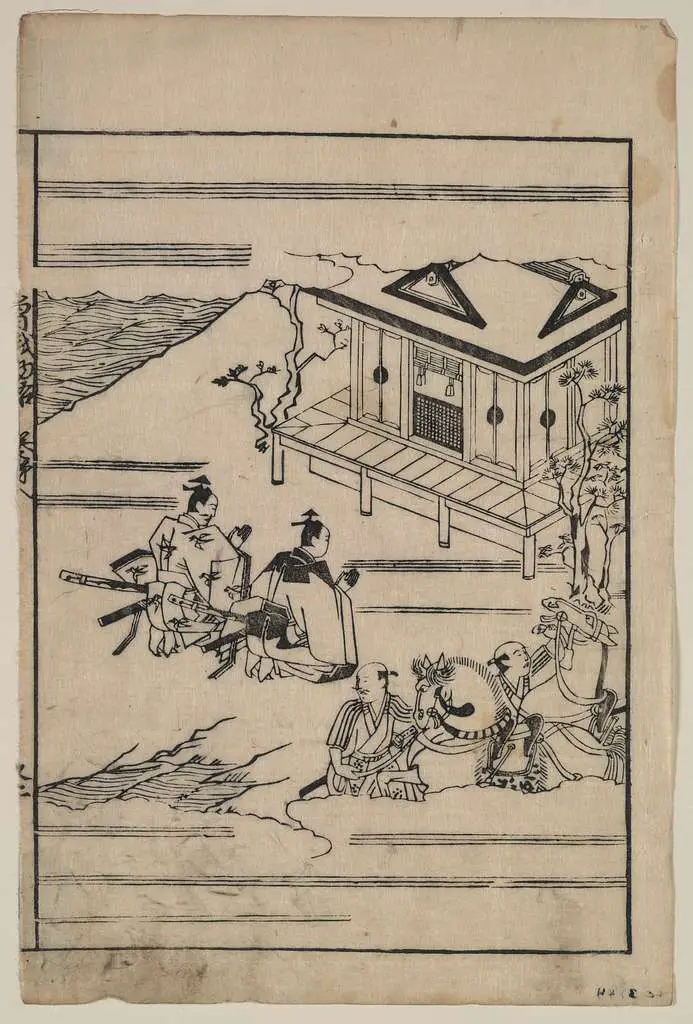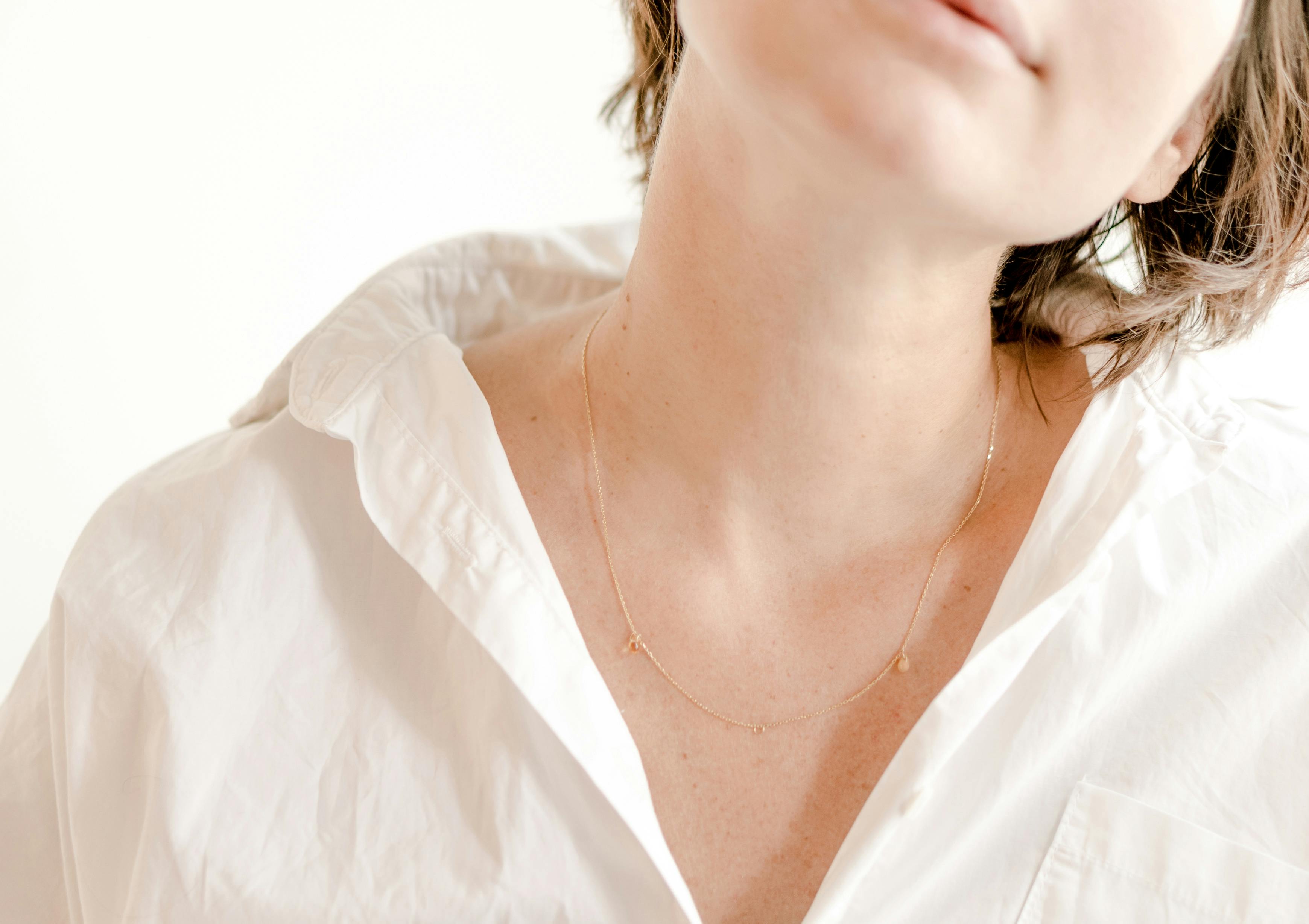How Long Do I Need To Wear Retainers

Retainers are an important part of orthodontic treatment. They help to keep your teeth in the correct position following orthodontic treatment, such as braces. One of the most common questions asked by people who have just had their braces removed is: “How long do I need to wear retainers?” The answer to this question depends on a few factors, such as age, type of retainer, and the type of treatment you had. This article will discuss these factors and provide some tips on how to make sure you wear your retainers for the right amount of time.It is recommended that retainers be worn indefinitely, but they should be worn at least for 6 months after braces are removed. After that, they should then be worn at night while sleeping for the rest of your life.
How to Ensure Proper Retainer Wear?
Retainers are an important part of orthodontic treatment and it is essential to wear them as advised by your orthodontist in order to maintain the alignment of your teeth. Here are some tips to help ensure proper retainer wear:
Follow Your Orthodontist’s Advice
Your orthodontist will provide instructions on when and how long you should wear your retainer. It is important to follow these instructions carefully in order to ensure proper retainer wear.
Clean Your Retainers Regularly
Make sure to clean your retainers regularly with a toothbrush and toothpaste. Cleaning your retainers will help remove plaque and bacteria buildup that can cause bad breath, discoloration, and gum inflammation.
Avoid Chewing or Biting on Your Retainers
Chewing or biting on your retainers can cause them to warp or break, which can lead to improper fit and alignment of your teeth. Avoid putting pressure on the retainers or chewing gum while wearing them.
Keep Them In a Safe Place When Not Wearing
When you are not wearing your retainers, make sure they are kept in a safe place such as a retainer case or other container designed for storing them. This will help keep them from getting lost or damaged while not in use.
By following these tips, you can ensure proper retainer wear for optimal orthodontic results. If you have any questions regarding retainer wear, be sure to ask your orthodontist for advice.
What Are the Benefits of Wearing a Retainer?
Wearing a retainer after having orthodontic work is an important part of the process of maintaining straight teeth and a healthy smile. Retainers help keep teeth in their correct position and prevent them from shifting back to their original positions. There are many benefits to wearing a retainer, including improved appearance, better oral health, and longer lasting results.
Retainers can improve the overall look of your teeth by keeping them in the correct position. This can help you achieve an improved and healthier smile. It can also help you feel more confident when smiling and speaking with others.
Retainers also help to maintain good oral health by preventing teeth from shifting back into their original positions. This can reduce the risk of cavities, gum disease, and other dental problems that may occur if your teeth are not properly aligned.
In addition to improving appearance and oral health, retainers can also help ensure that your orthodontic treatment results last longer. By wearing a retainer after having braces or other orthodontic treatments, you can prevent your teeth from shifting back into their old positions over time. This will help ensure that your treatment results are preserved for years to come.
Finally, wearing a retainer is an easy way to maintain your orthodontic progress without having to go through additional treatments or procedures. Retainers are comfortable to wear and easy to care for, making them an ideal solution for keeping your teeth in place after having orthodontic work done.
Does the Type of Retainer Affect Wear Time?
When it comes to retaining teeth alignment, the type of retainer used can play a significant role in how long it will be worn. Traditional removable retainers are usually worn for at least a few months to help keep teeth aligned after braces are removed. However, newer types of retainers, such as fixed retainers, can be worn for much longer periods of time.
Fixed retainers are permanently attached to the teeth and cannot be removed. This type of retainer helps maintain the position of the teeth over an extended period of time. Fixed retainers typically need to be adjusted or replaced every six months to one year in order to ensure that they continue to work properly. In comparison, traditional removable retainers typically need to be replaced more often because they can become loose or break easily if not cared for properly.
The amount of time a retainer is worn also depends on how compliant a patient is with wearing it as prescribed by their orthodontist or dentist. If a patient wears their retainer regularly and follows instructions for cleaning and care, it is likely that they will only need to wear it for a shorter period than if they do not follow these instructions.
In addition to wear time, the type of retainer chosen may also affect other factors such as comfort and convenience. For example, traditional removable retainers tend to be more comfortable than fixed ones because they do not have wires attached directly to the teeth. They are also easier to take out when eating or brushing your teeth. On the other hand, fixed retainers provide more stability and often times require less frequent adjustments than traditional removable retainers do.
Overall, it is important for patients to discuss all their options with their orthodontist or dentist before deciding which type of retainer is best suited for them and how long they should wear it for optimal results.
Possible Complications From Not Wearing a Retainer
Not wearing a retainer after orthodontic treatment can lead to a number of complications. The most common issues are teeth shifting, bite changes, and recurrence of malocclusion. Teeth that have been moved into alignment with braces will naturally seek to return to their original position over time. If the retainer is not worn, these teeth will continue to move back until they resume their original misaligned state. This can cause bite changes, which may affect both the aesthetics and functionality of the mouth. In addition, it may lead to recurrence of malocclusion, which requires additional orthodontic treatment or other corrective measures.
In addition to these issues, not wearing a retainer may also cause problems with the jaw joint and temporomandibular joint (TMJ). Poorly aligned teeth can put extra stress on the jaw joint and surrounding muscles when chewing or speaking, leading to pain and discomfort in the jaw area. This can be addressed by wearing a retainer that helps keep the teeth in proper alignment and relieves pressure on the TMJ muscles.
Finally, not wearing a retainer can also lead to an increased risk of gum disease and tooth decay due to plaque buildup along misaligned tooth edges. Poorly aligned teeth provide more places for plaque-causing bacteria to accumulate than correctly aligned teeth do. If left untreated, this can result in cavities and other oral health issues that require expensive treatments to repair.
Overall, not wearing a retainer after orthodontic treatment could potentially lead to several complications ranging from aesthetic concerns such as misaligned teeth and bite changes to functional problems such as pain in the jaw area or increased risk for dental diseases like gum disease or tooth decay. Orthodontists recommend following through with wearing retainers as prescribed in order to avoid potential complications down the line.

Age
Age is an important factor to consider when deciding how long you should wear your retainer. A younger patient may need to wear their retainer for a longer period of time than an adult patient because their teeth are still growing and shifting. It is important that the retainer be worn consistently to ensure that the teeth stay in their new position. Adults may need to wear their retainer for a shorter period of time, but it is still recommended that they wear it as directed by their orthodontist.
Type of Retainer
The type of retainer you have can also affect how long you need to wear it. Generally, fixed retainers will need to be worn for a longer period of time than removable retainers. Fixed retainers are typically made from metal wires or brackets and are bonded directly to the teeth, while removable retainers are made from plastic and can be taken out when needed. Your orthodontist will be able to advise you on the best type of retainer for your situation and how long it should be worn.
Compliance with Retention Instructions
How often and how consistently you wear your retainer will also have an impact on how long you should wear it. If you follow your orthodontist’s instructions carefully and always wear your retainer as directed, then you may not need to wear it for as long as someone who does not comply with the instructions. It is important that you follow all directions given by your orthodontist in order to ensure that your teeth remain in their new position.
How Does the Duration of Wearing Invisalign Trays Compare to Wearing Retainers?
When considering orthodontic options, understanding the duration for each invisalign tray is crucial. Typically, Invisalign trays are worn for about one to two weeks, depending on individual treatment plans. In contrast, retainers are generally worn indefinitely to maintain teeth position, highlighting their different roles in the orthodontic process.
Your Personal Needs
Finally, your own personal needs will also play a role in determining how long you should wear your retainer. If your teeth have shifted significantly since having braces, then it may be necessary for you to wear the retainer for a longer period of time than someone who had only minor shifts after treatment. It is important that you talk to your orthodontist about what they recommend based on the specifics of your situation.
How to Make Sure You Wear Your Retainer As Prescribed
Having a retainer after braces is an important part of keeping your teeth looking and feeling great. Wearing your retainer as prescribed is key to making sure your smile stays straight and healthy. Here are some tips to make sure you wear your retainer as prescribed:
Make it part of your routine. Wear the retainer at the same time each day, such as after brushing your teeth in the morning or before bedtime. This will help you remember to put it in and keep it in place until you take it out.
Keep it safe. Always store the retainer in its case when not in use, and keep the case away from pets, kids, and other hazards that could damage or destroy it.
Be mindful of certain activities. Some activities, such as playing contact sports or swimming, will require you to take out the retainer before doing them. Be sure to remove your retainer before participating in any activity that could damage it or cause you to lose it.
Be aware of food restrictions. Certain foods can damage retainers, so be sure to avoid eating sticky or hard foods while wearing yours. Also try not to drink hot beverages with the retainer in place since they can warp its shape over time.
Follow up with your dentist regularly. Have regular checkups with your dentist so they can make sure everything is going according to plan with your retainer use and remind you if you need adjustments made or if there are any other changes needed for optimal results.
By following these simple tips, you can make sure that you wear your retainer as prescribed and keep your smile looking its best for years to come!
Does Diet Affect How Long You Should Wear Your Retainer?
Wearing a retainer after having orthodontic treatment is essential for maintaining the desired alignment of teeth. However, many people wonder if their diet affects how long they should wear their retainer. The answer is yes, diet can affect how long you should wear your retainer.
What you eat and drink can affect the shape and structure of your teeth, as well as your mouth’s overall health. Foods that are high in sugar and acid can cause damage to enamel, making it easier for bacteria to grow and cause further damage. Eating too much sugar or unhealthy snacks and drinks can cause plaque buildup on your teeth, which may eventually lead to cavities or other dental problems. If you have braces or a retainer, it is even more important to watch what you eat because food particles can get stuck in between the brackets or wires and cause bacteria to form.
If you are wearing a retainer, it is important to maintain a healthy diet so that you don’t have to wear it for an extended period of time. Eating foods that are rich in calcium such as dairy products and leafy greens helps keep your teeth strong and healthy, which will help reduce the risk of decay or plaque buildup that could require extended wear of your retainer. Additionally, avoiding sugary snacks like candy or soda will help keep your teeth clean and free from food particles that could get stuck in between the wires or brackets of your retainer.
Overall, diet does play an important role when it comes to how long you should wear your retainer after orthodontic treatment. Eating a balanced diet with plenty of calcium-rich foods like dairy products and leafy greens will help keep your mouth healthy and reduce the need for extended wear of a retainer. Additionally avoiding sugary snacks will help prevent food particles from getting stuck in between the wires or brackets, which can lead to further dental problems down the road if left untreated.

Conclusion
Retainers are an important part of keeping your teeth aligned and your smile looking perfect. How long you need to wear retainers depends on the severity of your case and your doctor’s recommendation. Most orthodontists will advise wearing retainers for at least a year after braces are removed, but some people may need to wear them for much longer. It’s important to follow your doctor’s instructions and wear the retainers as often as recommended. With proper care, your retainer can last for many years and keep your teeth in their proper alignment.
In addition to regular use of retainers, you should also practice good oral hygiene habits such as brushing and flossing daily, visiting the dentist regularly, and avoiding activities that could damage your teeth or mouth. With these steps, you can ensure that you keep your beautiful smile for years to come.
